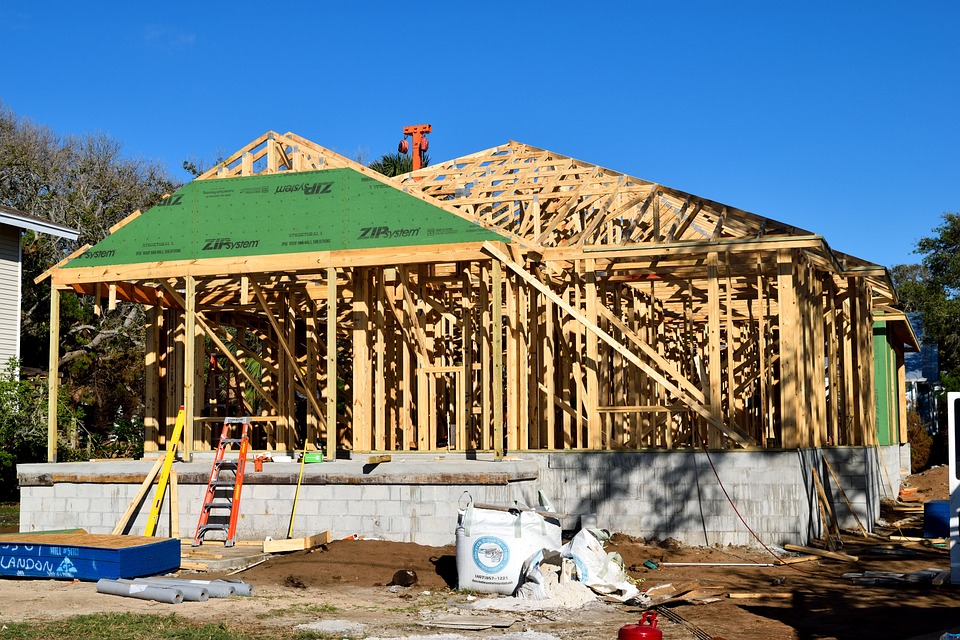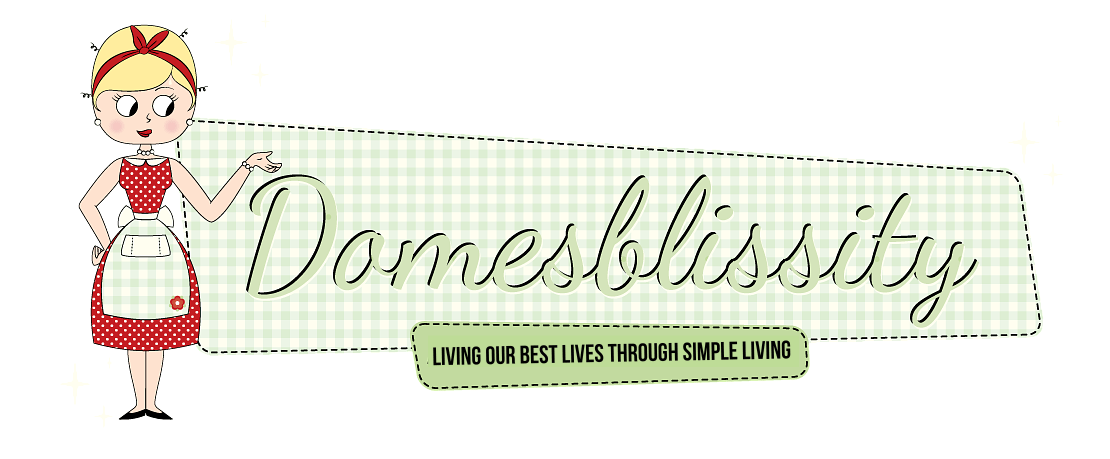House plans have changed a lot in the last couple of decades – and I’m not just talking about interior decorating or design trends (does anybody else remember the era of wallpaper borders, or life before media rooms?!).
As technology has improved, so too have our options when it comes to designing or building our dream home.

Back in the early 90’s, my husband and I bought a block of land and were excited to begin building the house where we hoped to start a family.
Working with our chosen builder, we were able to incorporate quite a few of the design ideas that we’d set our hearts on – such as a convenient hanging rail in the laundry, and even a safe in the floor of our walk-in wardrobe.
But there was one design feature which we were actively discouraged from including: a kitchen sink that overlooked the family room, in the middle of the house – after all, it’s true that the kitchen is the hub of the home!
Floor Plans Limited by Plumbing Options
At the time, kitchens tended to have the sink against an exterior wall, under a window.
Apparently, a sink on an island bench wasn’t a practical design feature, because the plumbing and drainage would have to be installed under the slab – making it virtually inaccessible should anything ever go wrong.
Being young and headstrong, we went ahead with our plans and were very fortunate that no plumbing work or repairs were ever required during the twelve years that we lived there. A blockage or broken pipe would likely have meant ripping up the slab, creating major mess, expense, and disruption inside our home.
The Kitchen is Now the Heart of the Home Physically as Well
Plumbing and drainage technology has obviously come a very long way since then, when you consider how many modern homes now feature a kitchen with the sink in an island bench!
Not only are there now such things as CCTV pipe inspections, which provide an easy way to remotely view those underground plumbing systems and diagnose any blockages or damage, but there is also equipment like jet rodding machines that can be used to clear the problems.
Perhaps the greatest advance of all is a method called pipe resleeving, which allows broken or damaged pipes to be repaired without major excavation works.
Pipe resleeving involves using one access point to instal a sleeve – a bit like a deflated balloon, or a stent that might be used in heart surgery – which is then expanded to seal the pipe and cures in place, providing a permanent repair. And all without the need to dig!
So any little niggles of guilt we might have felt about leaving the present day owners of that house with a potential plumbing disaster, have now been assuaged knowing that today there are simple solutions available.
If only it was so easy to get rid of those floral wallpaper borders!

Janet Camilleri loves writing for the web. In addition to her work in content marketing, she also blogs at Janetti Spaghetti. No matter what she writes, or who she is writing for, Janet aims to amuse, inspire or inform – and sometimes, all three!




